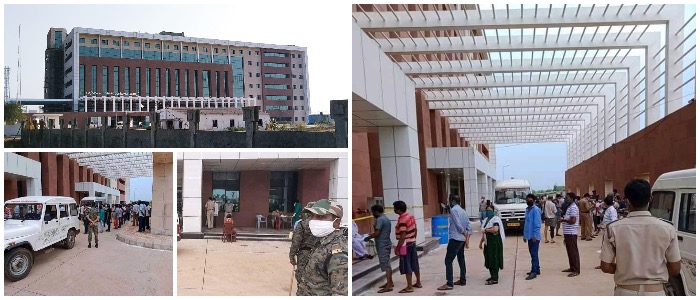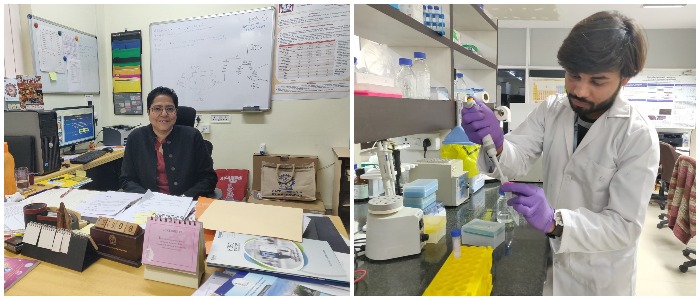
IIT KGP Lends Support to COVID Quarantine
The super-specialty hospital of IIT Kharagpur, to be named after Dr. B C Roy, has become COVID Quarantine Centre for Inter-state Travelers to West Bengal Outlook Business Insider NDTV Bangla Business Standard Times of India Economic Times IIT Kharagpur’s super-specialty hospital has been busy for the past few weeks. While the facility is yet to be operationalized, who are these people walking into the hospital? About a month back, with the announcement of the lockdown, a large influx of people moved to the borders of Bengal from various…


